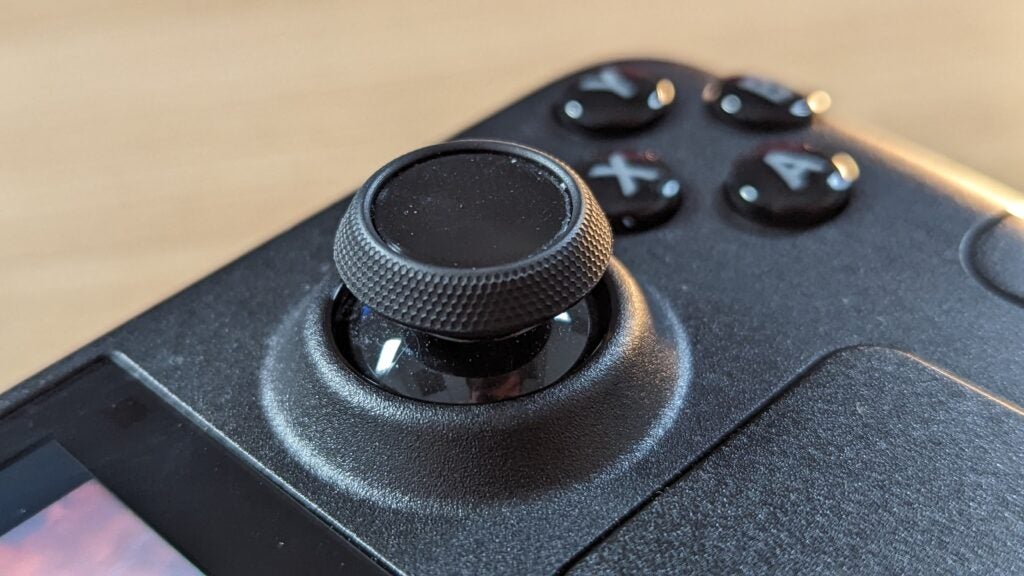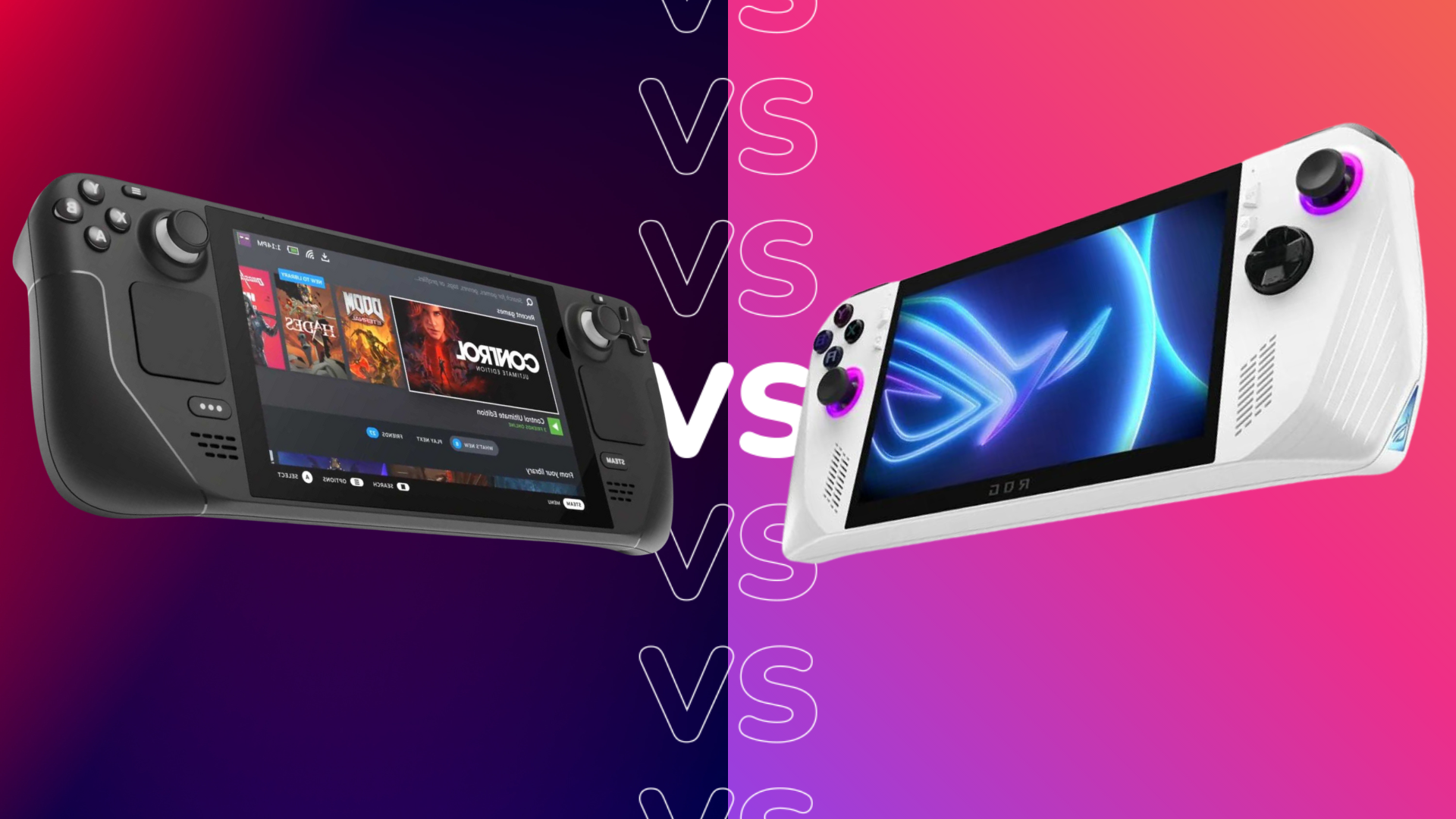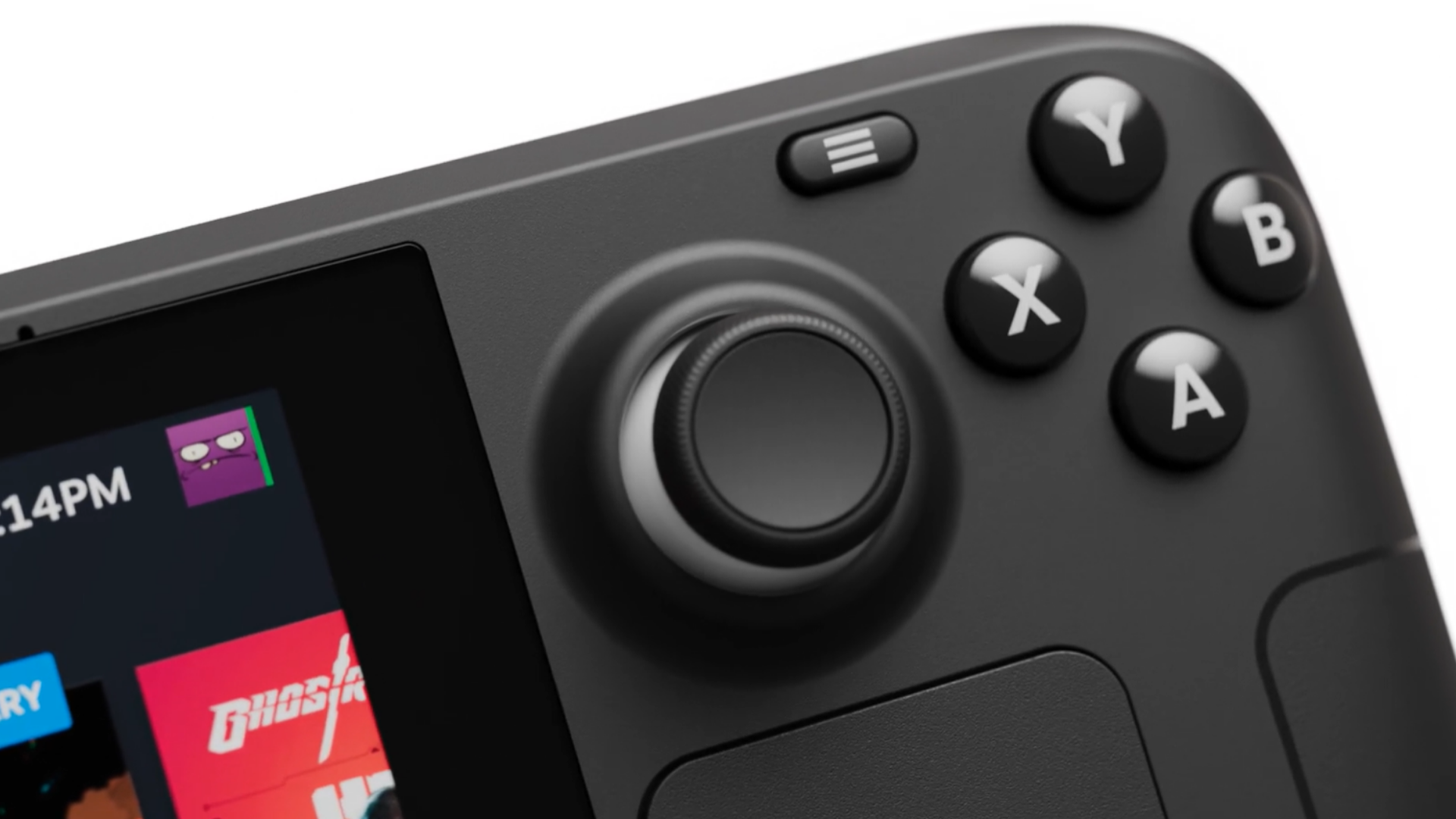Steam Deck OLED vs Steam Deck LCD: What’s the difference?

The Steam Deck is one of the most popular handheld gaming PCs on the market, allowing you to play the vast majority of your Steam games on the go.
Valve has now launched a new Steam Deck OLED variation, which isn’t technically a successor to the original Steam Deck, but viewed instead as a high-end alternative.
Many assume that the OLED screen is the only differentiator between the portables, but this is not the case. We’ve tested both the Steam Deck and Steam Deck OLED, and so have highlighted all of the key differences in this comparison guide.
Price
The newer Steam Deck OLED is available in the 512GB and 1TB models for £479/$549 and £569/$649 respectively. They will become the default models at those storage sizes.
The 256GB LCD version has dropped to £349/$399 and will remain on sale. The 64GB and 512GB LCD models have been phased out, although you may find them discounted in third-party stores.
Screen
As the name suggests, the Steam Deck OLED has a display based upon the OLED technology, rather than the LCD in the original. The OLED panel allows the screen to display true blacks, rather than the dark dreys you’ll find with an LCD. This also boosts the contrast, resulting in a more vivid picture.
In the picture below, you can see that the OLED screen (bottom) produces a cleaner image and more accurate colours, both for the yellow background and the detail on the character. It makes a big difference to the quality of the display.

What’s more, the Steam Deck OLED supports HDR, with a peak brightness up to 1000 nits. The original Steam Deck is restricted to a 400-nit brightness instead. A brighter screen can not only result in a more vibrant picture, but also makes the screen easier to view in harsh sunlight.
Valve has also increased the screen size from 7 inches to 7.4 inches for the Steam Deck OLED. That isn’t enough of an upgrade to make a significant difference to your experience, but it does at least shave away the chunky bezel. The 1TB model of the Steam Deck OLED also adds glare-resistant glass to the equation.
The final upgrade for the screen involves a boost to the refresh rate, jumping from 60Hz to 90Hz. This can help make motion appear more fluid, but only for games where the performance is high enough to generate enough frames. Valve hasn’t improved the screen resolution though, which remains at 1280 x 800.
Design
At first glance, the Steam Deck and Steam Deck OLED appear identical, but Valve has actually added some minor improvements. The new Steam Deck OLED is actually 29 grams lighter than its predecessor. That doesn’t sound like much, but we could tell the devices apart from weight alone with our eyes shut.

Valve has also tweaked the controls, with the analogue stick now sporting more friction to prevent your fingers sliding off. The triggers now also have improved feedback for more satisfying actuation. We also noticed that the haptic feedback on the trackpads has been strengthened, making them more enjoyable to use.
Aside from a new orange-painted power button, the rest of the design remains the same. The Steam Deck OLED uses the same USB-C power port, while all of the same buttons make a return.
Specs and performance
The Steam Deck OLED has been treated to a processor upgrade in the form of a 6nm AMD APU compared to the 7nm variation of the original Steam Deck.
However, don’t expect that to affect the performance, as our benchmark tests showed there to be a negligible difference. Instead, the improved chip has been designed to maximise battery life, but more on that later. On the upside, there’s a larger fan inside the handheld this time, which we found to keep it cooler than the original.
The new AMD chip does at least enable Valve to upgrade wireless support from Wi-Fi 5 to Wi-Fi 6E. Valve says this could be 3x faster for downloading content and could unlock more stable online play with lower latency and increased bandwidth. There’s a larger fan inside the handheld this time, which means it’ll run a little cooler.
The OLED model also comes in a new 1TB storage capacity. Previously, the largest available Steam Deck was 512GB, which greatly restricted the number of games you could install without having to invest in a MicroSD card.
Battery
One of the biggest upgrades for the Steam Deck can be found with the battery life, as Valve has not only increased the size of the cell but also slapped a more efficient processor inside.
While the 40Whr battery on the original Steam Deck proposed 2-8 hours of run-time depending on the activity, the 50Whr Steam Deck OLED promises 3-12 hours in total.
This held up in our testing too. When dimming the brightness and limiting the frame rate to 30fps, the Steam Deck OLED was able to last over three hours when running Horizon Zero Dawn. In the same test with the older Steam Deck, the portable could only last up to two hours.
We also found that playing less intensive games, such as Stardew Valley and Football Manager, saw the battery life last much longer.
Verdict
We were very impressed with both the Steam Deck and Steam Deck OLED, both excelling as affordable handheld systems that can play almost any PC game.
The Steam Deck OLED is clearly the superior device of the two, not only rocking an OLED screen, but also seeing more storage, longer battery life and a lighter design. However, these upgrades are arguably reflected in the price, as it costs £130/$150 more than the LCD model.
If you can stretch your budget, we recommend you opt for the Steam Deck OLED model. But if you can’t justify that much money on a gaming system, then the LCD model remains a great purchase .





